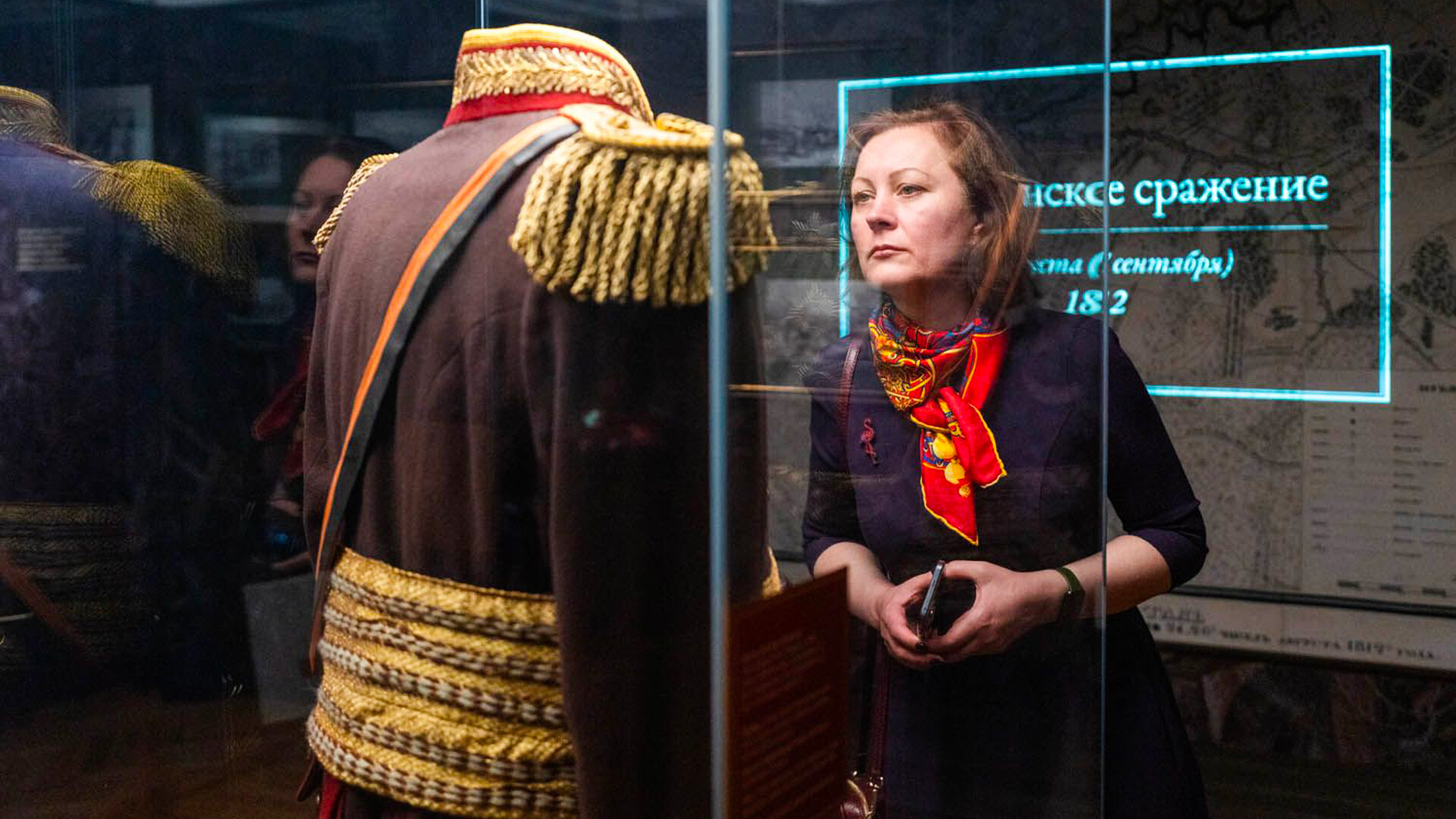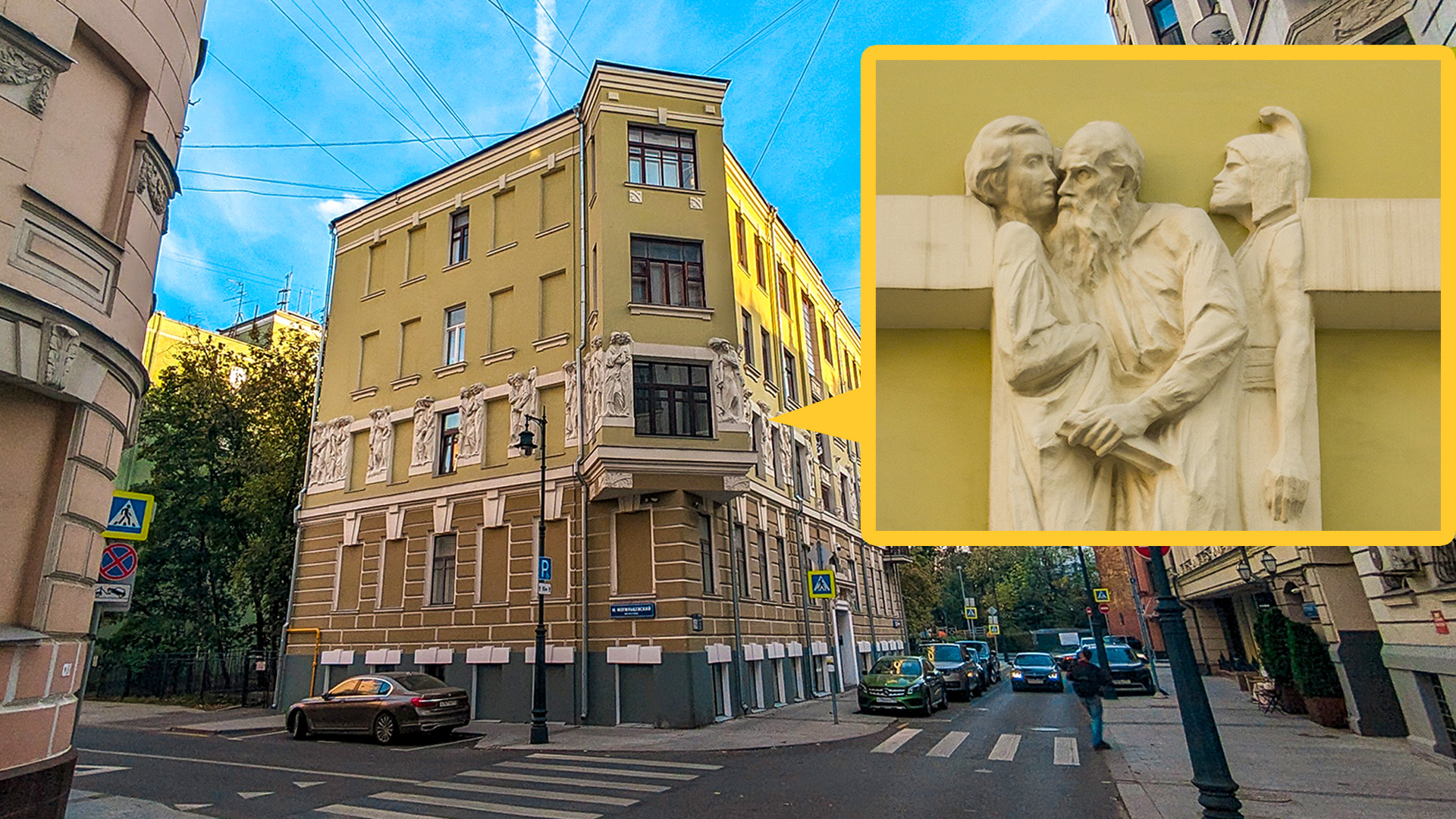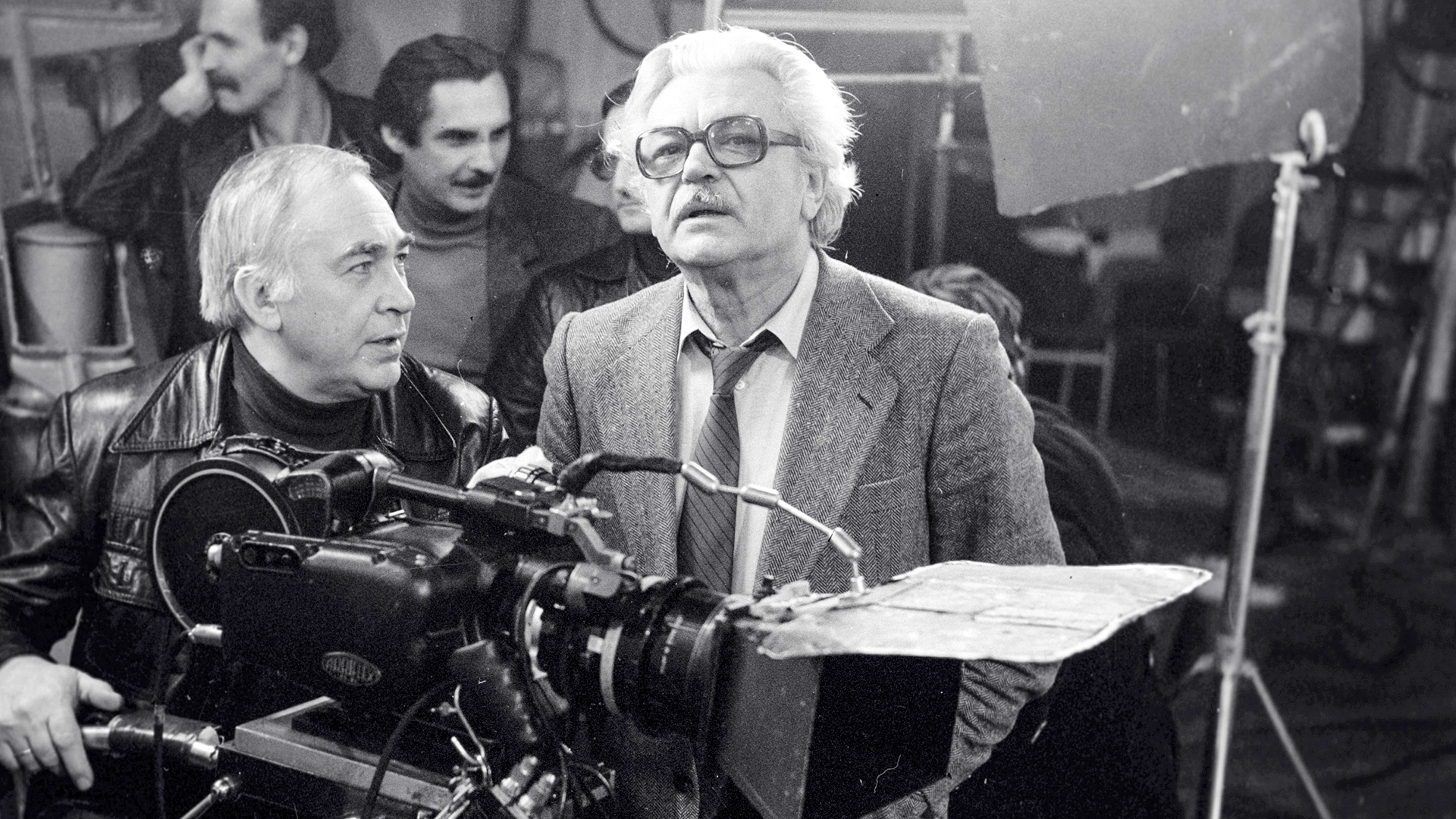
10 museums & centers in Moscow, which you can visit for FREE

‘House of Culture’ HPP-2 (ГЭС-2)
Bolotnaya embankment, 15

The building of a former power station in the center of Moscow, which once provided the Kremlin with electricity, has been turned into an ultramodern cultural center by the bureau of famous Italian architect Renzo Piano. It hosts concerts, performances, exhibitions, lectures and interdisciplinary projects. In general, as in a real house of culture, art in all its manifestations can be found there.
‘Moscow Museum of Modern Art’ (‘MMOMA’)
Ermolaevsky lane, 17

The museum's branch on Ermolaevsky Lane has an educational center. Its program includes lectures on cultural history and philosophy, modern art and architecture. The exhibition projects that take place there can be called "artistic research". They talk about how they build collections of contemporary artists in museums and get you acquainted with national collections.
‘Stella Art Foundation’
1st Krasnogvardeysky passage, 15

The ‘Stella Art Foundation’ by collector and philanthropist Stella Kesaeva is dedicated to supporting young artists and promoting contemporary Russian art. Its collection includes more than 1,500 works by both recognized Russian classics and emerging artists. Exhibitions at the ‘Stella Art Foundation’ display works by Boris Orlov, Sergei Shekhovtsov, Dmitry Gutov, Vadim Zakharov and other artists. Today, the foundation is located in the Mercury Tower in Moscow-City.
‘Museon’
Krymsky Val, 2

This sculpture park is the largest in Russia. More than 1,000 Soviet and contemporary works are located in its alleys. It was there in the 1990s that numerous sculptures of Marx, Lenin, Stalin and other political leaders were dumped, demolished into pedestals. A monument to Felix Dzerzhinsky, created by Evgeny Vuchetich and which stood on Lubyanka Square once, can also be found in this “outdoor museum”. With them, you can find neighboring works by sculptors-sixties and modern authors.
‘Winzavod’
4th Syromyatnichesky lane, 1/8, building 6

In 2007, one of the first Russian private centers of contemporary art opened in the buildings of the former brewery, where more than a dozen galleries work. Among them are ‘pop/off/art’, ‘XL Gallery’,’ Totibadze Gallery’, ‘Fine Art Gallery’ and others. You can study the trends of contemporary Russian art in detail, get acquainted with new names or see exhibitions by famous artists.
‘Water Museum’
Sarinsky passage, 13, building 5

Everything you need to know about how Moscow's water supply developed and is currently organized. Among the exhibits are drawings and maps, as well as models of various equipment. The history of the Rostokinsky aqueduct, built in the late 18th century, is worth a look. Or the first Kremlin water pipelines, which appeared under Grand Prince of Moscow Ivan Kalita. An additional bonus - the museum is located in a very beautiful old building made of red brick, which housed the first pumping sewage station of Moscow (don’t worry, it hasn’t been in operation for centuries!).
‘Fabrika Center for Creative Initiatives’
Perevedenovsky lane, 18

This is a creative cluster that sprang up on the territory of a Soviet paper factory. Several contemporary art galleries work in its premises, as well as its own art residence. The ‘Fabrika’ exhibition halls display research projects related to factory culture and Soviet life, avant-garde ideas and the integration of contemporary art into public spaces.
‘Museum of Horse Breeding’
Timiryazevskaya street, 44

For almost a hundred years, this museum has been collecting documents, paintings, photographs, decorative and applied art objects dedicated to horses. The first brick of its collection was the collection of Yakov Butovich - before the 1917 Bolshevik Revolution, he created a real horse art gallery. In the ‘Museum of Horse Breeding’, you can see works by Mikhail Vrubel, Nikolai Sverchkov, Pyotr Klodt, Valentin Serov, Evgeny Lansere and other classics.
‘Andrei Cheglakov Foundation’
Bolshoi Znamensky lane, 13, building 1

The foundation's exhibition hall showcases works from the extensive and diverse collection of collector and businessman Andrei Cheglakov. The foundation usually prepares thematic exhibitions based on its own collection, including works of European modernism and Russian avant-garde by Soviet and contemporary Russian authors. It also hosts lectures and meetings with artists, performances and concerts.
‘Leo Tolstoy. War and Peace. Living Pages.’
Prospekt Mira, 119, building 61

This is the Tolstoy Museum's project-immersion into the famous novel. Pavilion No. 61 at VDNKh has turned into a space where the chapters from ‘War and Peace’ come to life: visitors can follow the course of the ‘Battle of Borodino’ and learn movements following the couples dancing at the ball and even play card games. The multimedia exposition familiarizes visitors with the pages of the novel, the history of the Russian nobility, as well as Tolstoy's own philosophical views.












